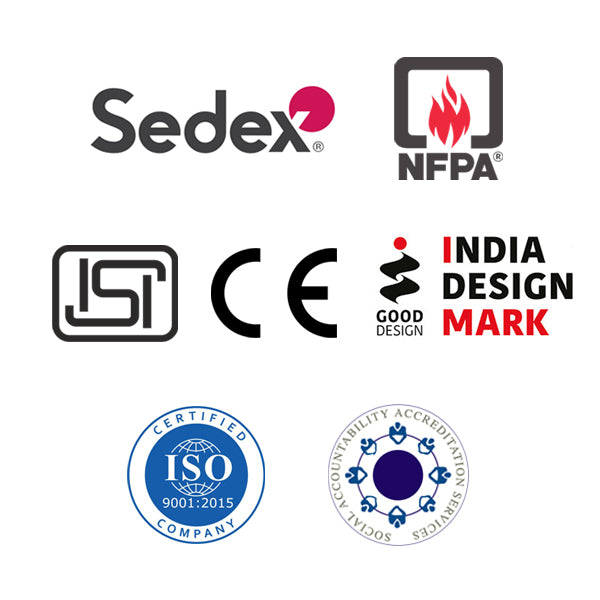C0705D
Share
Knitted Gloves
- 100% Cotton. 660gms/Dzp
- Seamless Knitted with 07 gauge machine
- PVC dots on palm
- Lightweight gloves with excellent resistance to abrasion and enhanced grip
Reinforced
Cut Resistant
Dexterity
Knitted Wrist
EN 388
Delivery & Services

Easy Return
with our 15 days return poicy
Regular price
Rs. 0
Sale price
Rs. 0
Regular price
Tax included.
Shipping calculated at checkout.
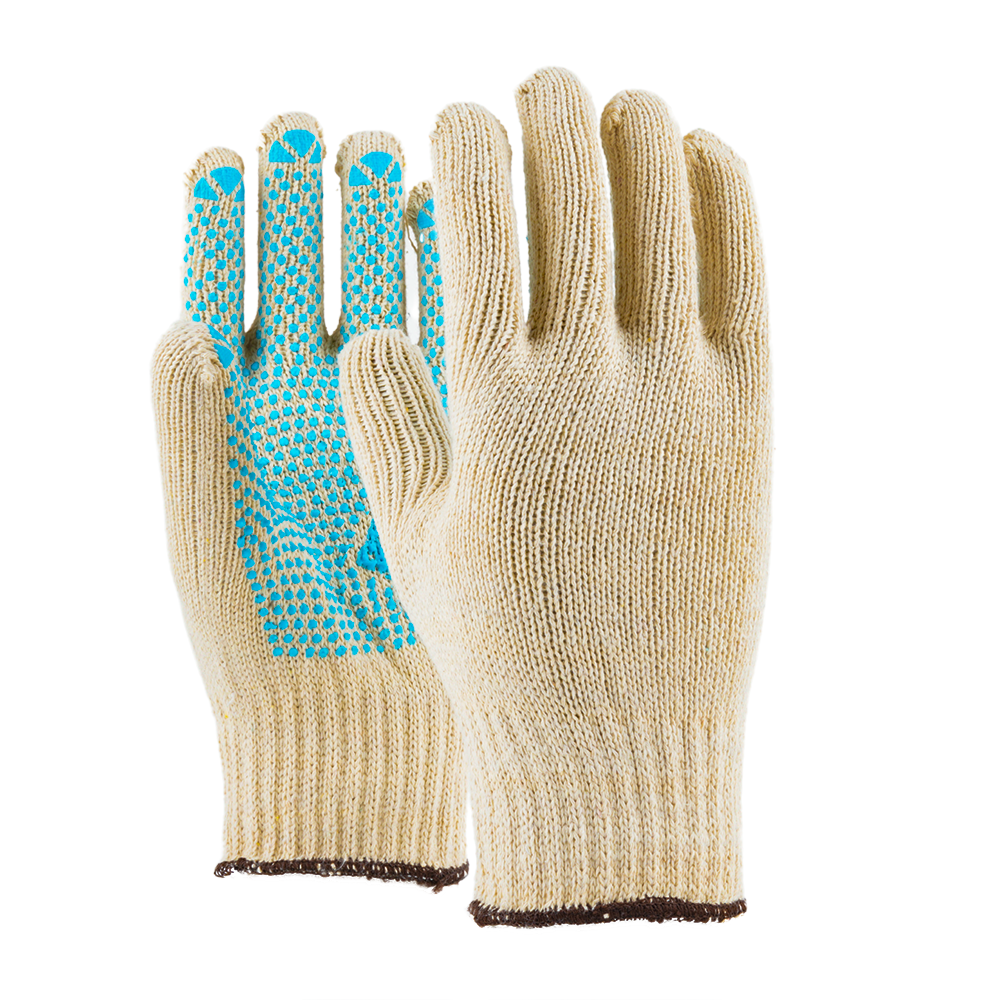
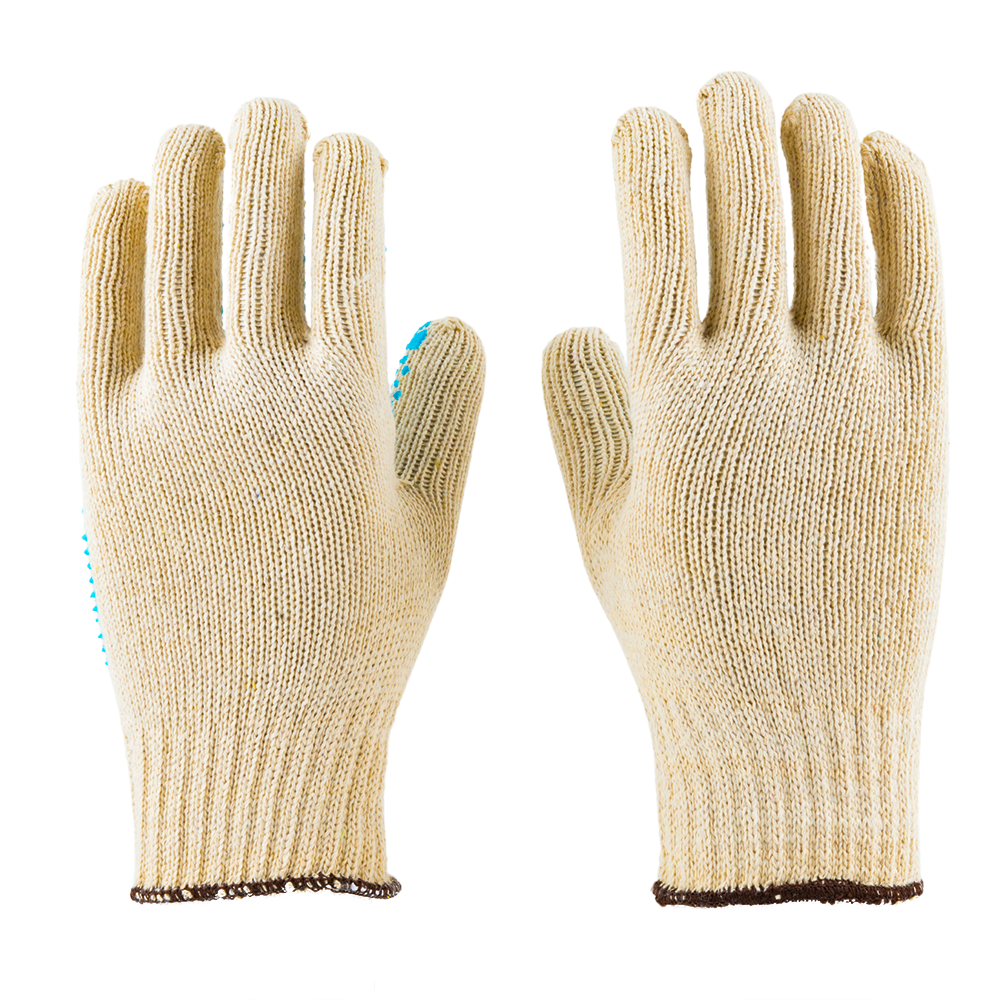

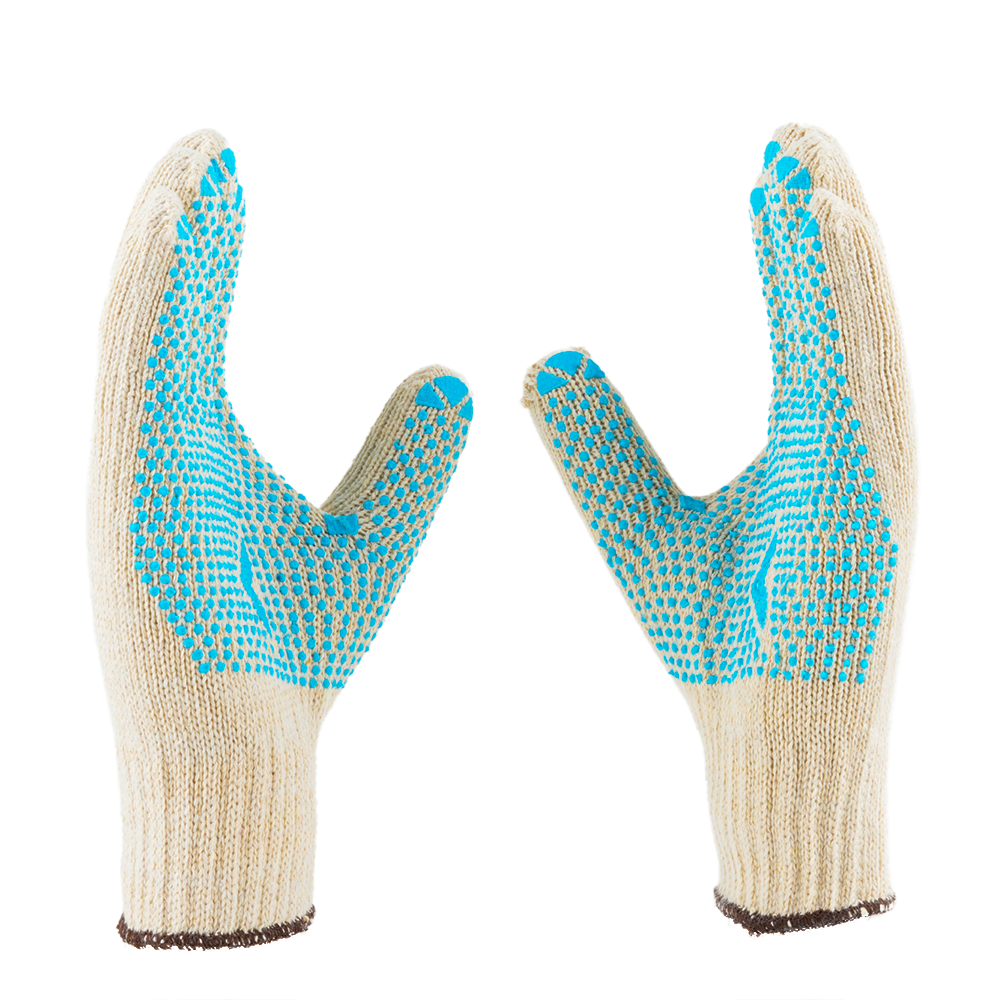
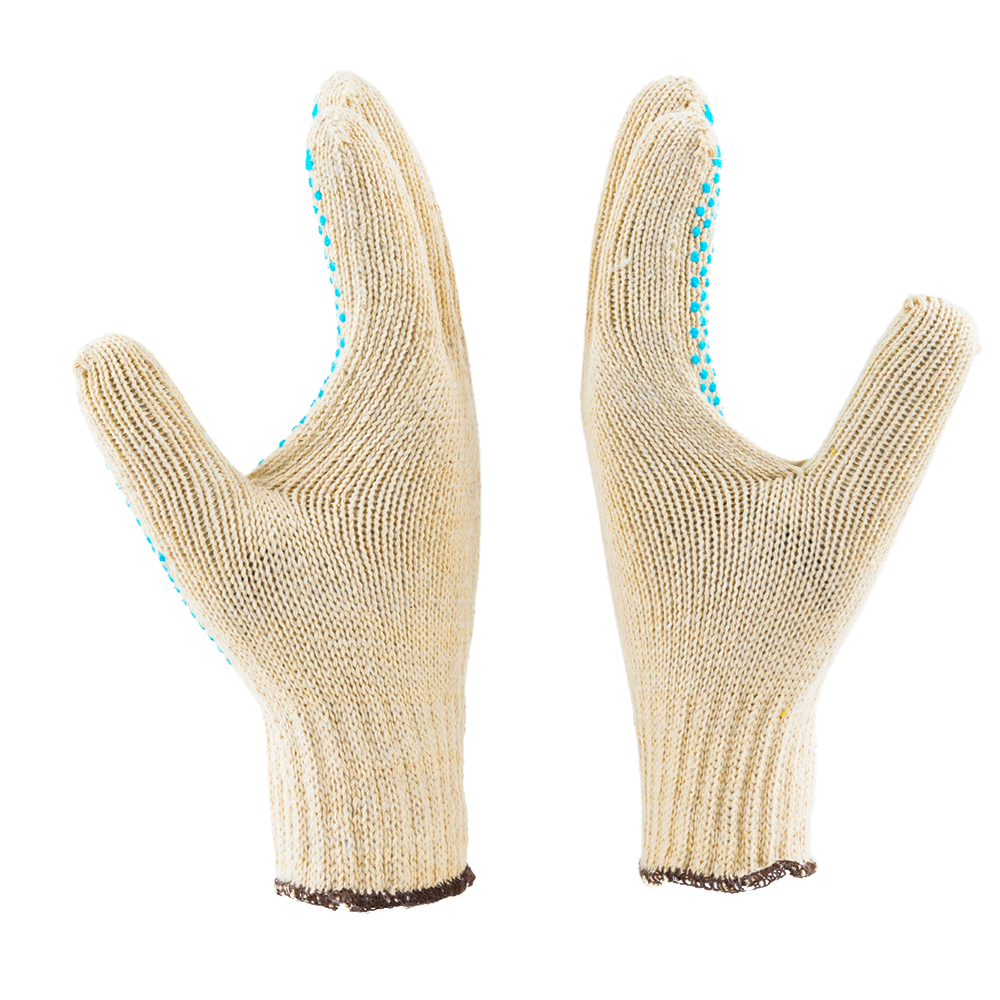

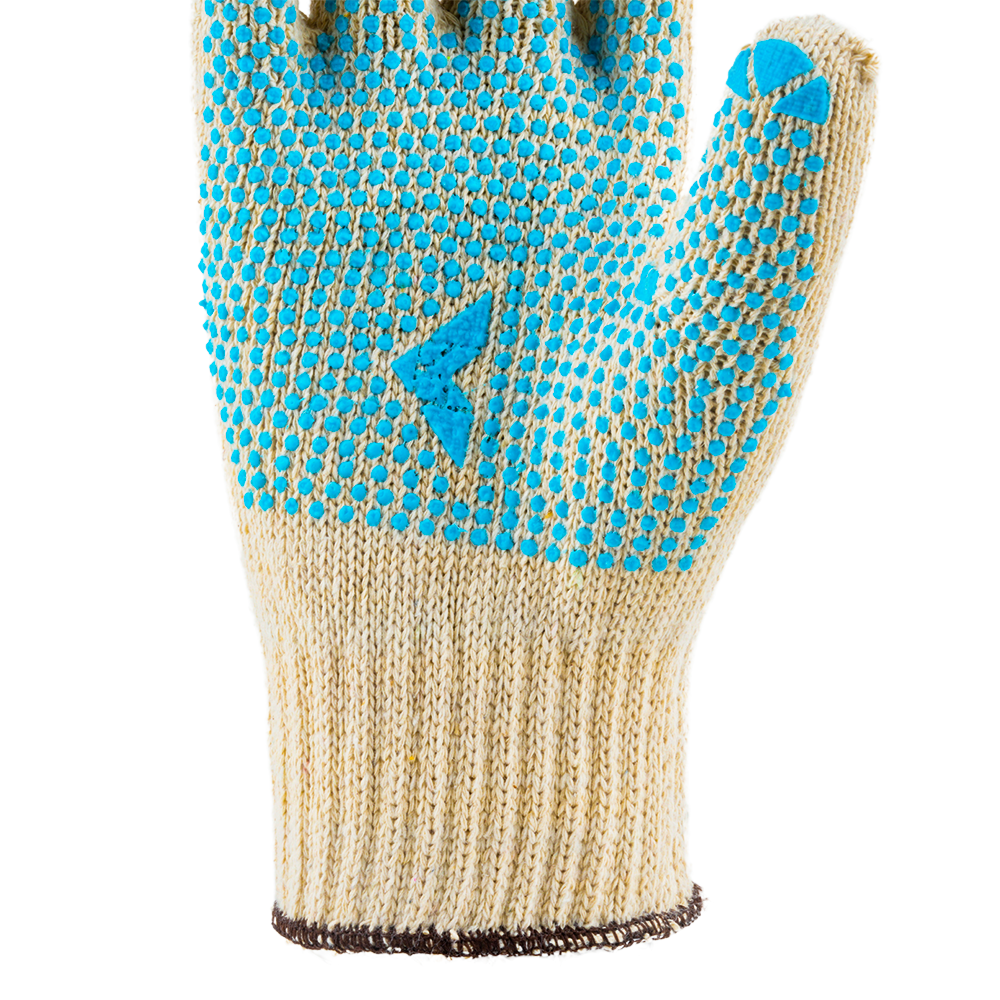
ABOUT THE DESIGN
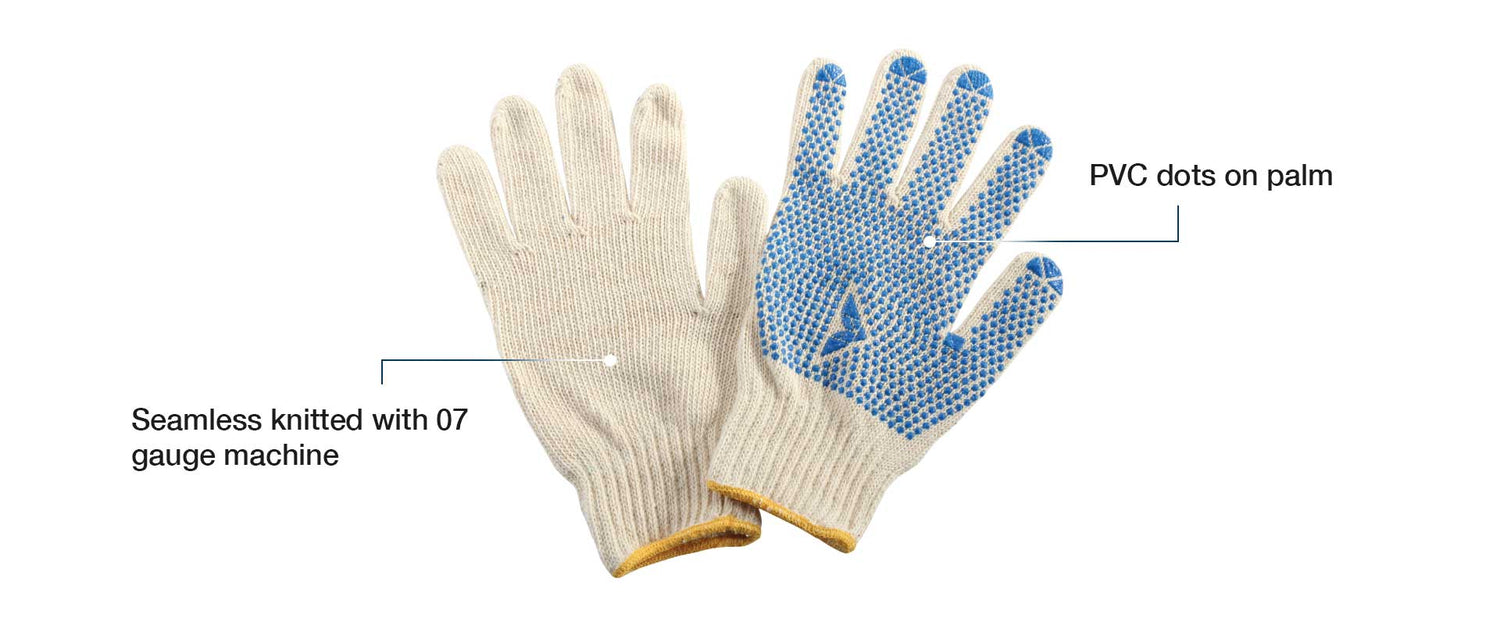
USEFUL IN THESE INDUSTRIES
LIGHT ENGINEERING
HOSPITALITY
LOGISTICS
MAINTENANCE

Product Features
ABOUT THE DESIGN
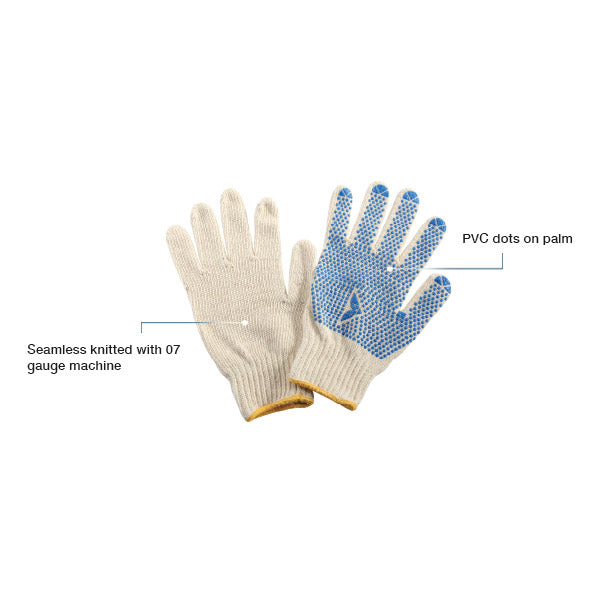
USEFUL IN THESE INDUSTRIES
LIGHT ENGINEERING
HOSPITALITY
LOGISTICS
MAINTENANCE
Product Details
